
Like You – Menko Konings
this blog is GROOVY – check out great Soul, Funk, Jazz, Hip Hop, Bass, Breaks , Reggae, House n many more TUNES
Underground music is a tapestry woven with threads of rebellion, innovation, and pure, unadulterated passion. It’s the sound of communities coming together, forging their own identity, and flipping the bird to mainstream trends. From the smoky jazz clubs of the 1920s to the digital revolution of today, underground music has always been about pushing boundaries and carving out spaces for the unheard.
The Pre-Punk Pioneers:
While the term “underground” might conjure images of ripped jeans and mosh pits, its origins lie in the very beginnings of recorded music. In the 1920s, jazz, blues, and early forms of rock ‘n’ roll were largely shunned by the mainstream, relegated to seedy nightclubs and dive bars. Think of Louis Armstrong, whose “Hot Five” recordings were considered scandalous for their improvisational style.
The Rise of the Independents:
The 1960s saw a seismic shift in the music landscape. The rise of garage rock, punk, and psychedelic music was fueled by a generation tired of the status quo. Bands like The Velvet Underground, known for their experimental noise and Andy Warhol’s enigmatic presence, became the soundtrack of a counterculture movement. Fun Fact: The Velvet Underground’s album “The Velvet Underground & Nico” was famously sold with a banana peel on the cover, a stark reminder of their rebellious spirit.
DIY & the Power of Subculture:
The DIY ethic of punk rock in the 1970s emphasized self-sufficiency and a rejection of commercialism. Bands like The Ramones, with their three-chord anthems and relentless energy, became symbols of the punk aesthetic. Fun Fact: The Ramones famously practiced in their drummer’s apartment, so loud their neighbors reportedly called the police multiple times.
Evolving Landscapes:
From the 1980s onwards, the underground has diversified into countless subgenres: hardcore, grunge, hip-hop, electronica, and countless others. Each movement has its own unique story, fueled by communities forging their own identities and pushing the boundaries of musical expression.
The Internet & the Rise of the Independent Artist:
The internet has democratized music, empowering independent artists to reach audiences without relying on record labels. Platforms like Bandcamp, Soundcloud, and YouTube have become hubs for discovering hidden gems and supporting independent artists.
The Future of the Underground:
The underground is an ever-evolving entity, fueled by creativity, passion, and a desire for authenticity. It’s a space where the “outsiders” become the leaders, where experimentation reigns supreme, and where the music speaks for itself. Whether it’s a sweaty basement show, a digital mixtape, or a community gathering, the underground will continue to be a vital force in the world of music.

Like You – Menko Konings
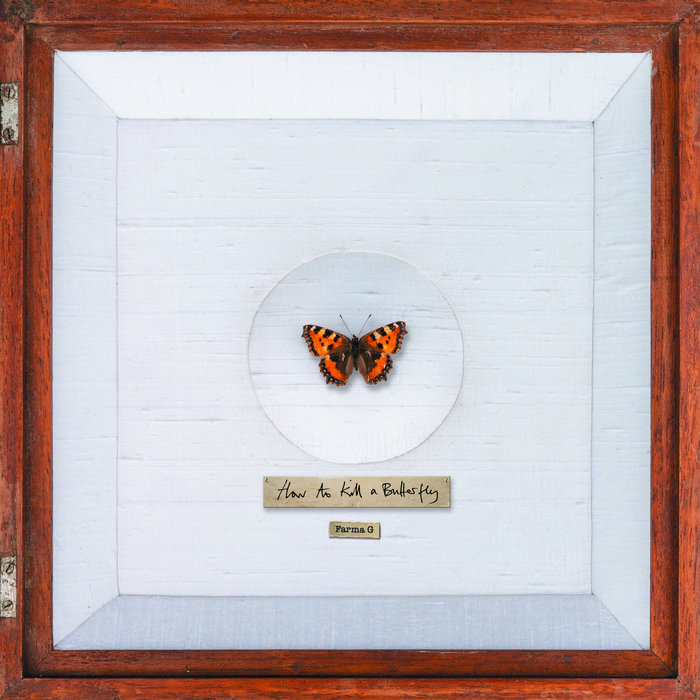
Found That Funny – Farma G

Gas Money Tennessee – Dust Raps the Blues
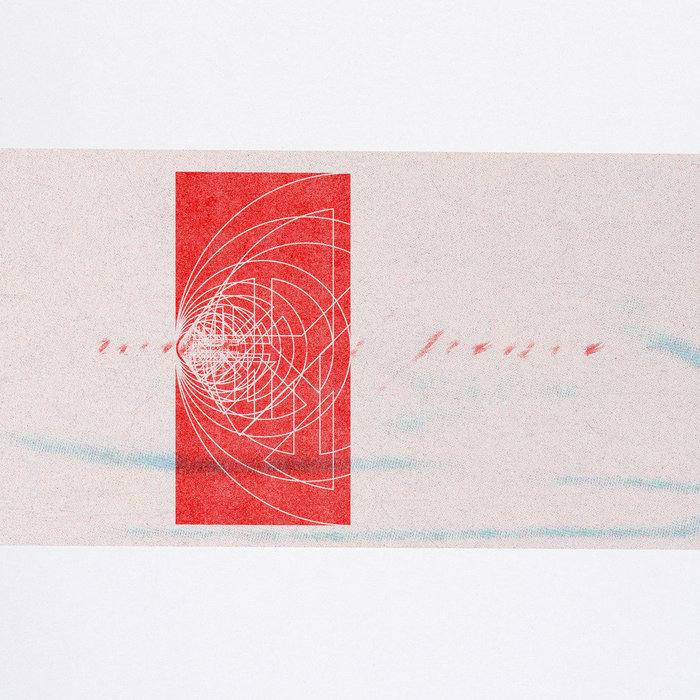
Wanted Peace – Workforce & Bobbie Johnson
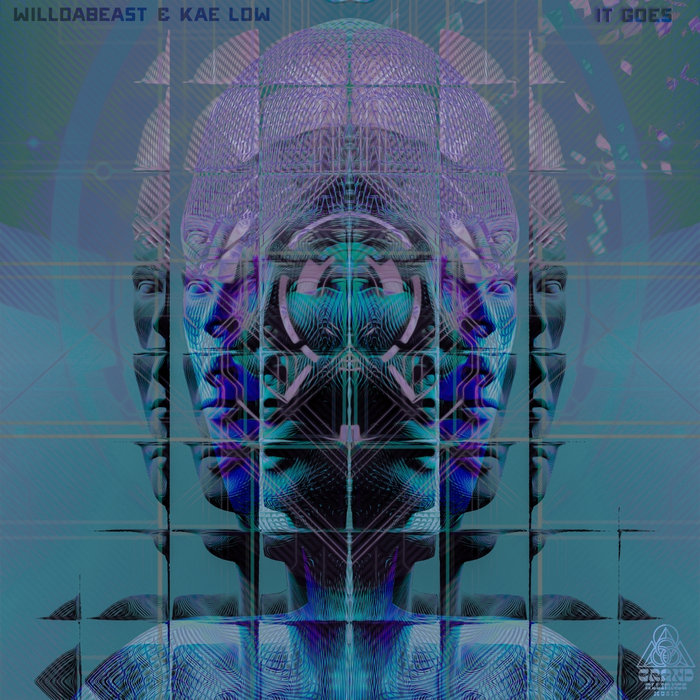
it goes – Willdabeast & kae low
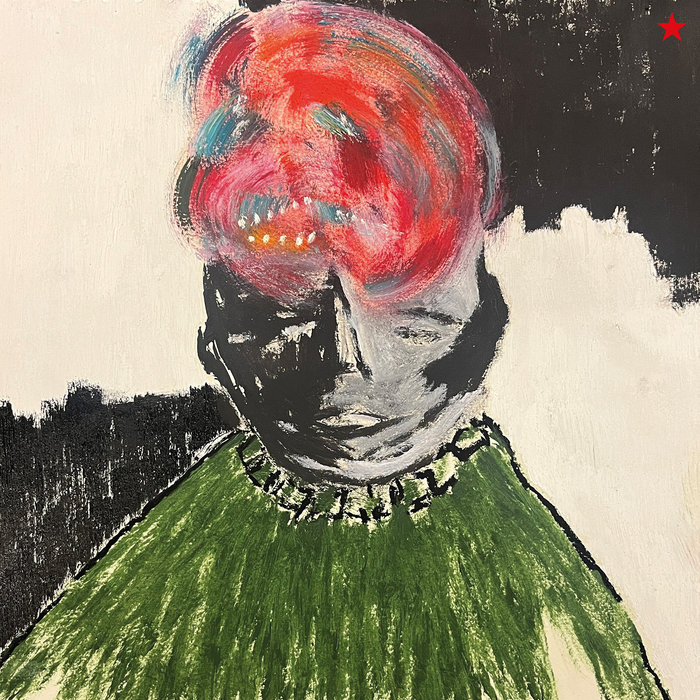
Krieg Macht Geld – Capuze, Zutera

Best to Lay Low – LMNO & D-STYLES
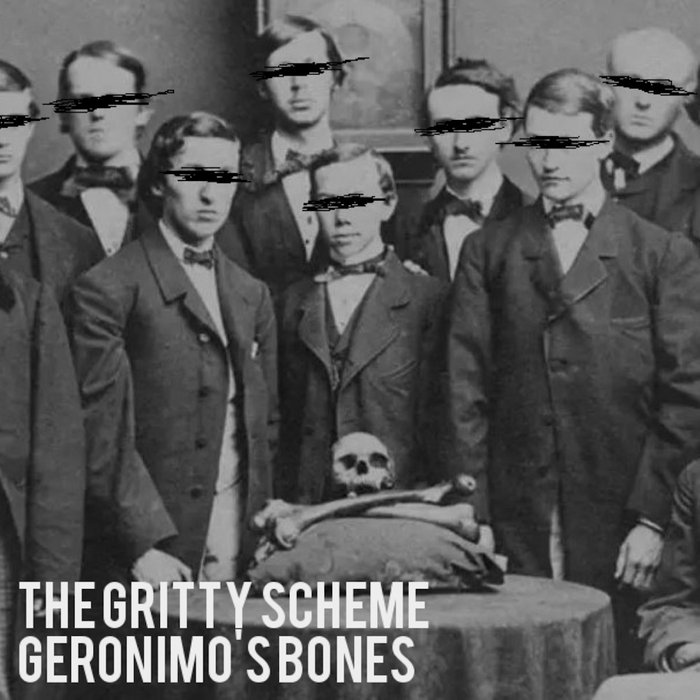
Geronimo's Bones – The Gritty Scheme

Water In The Basement (Bangladesh VIP) feat. DRS – Workforce
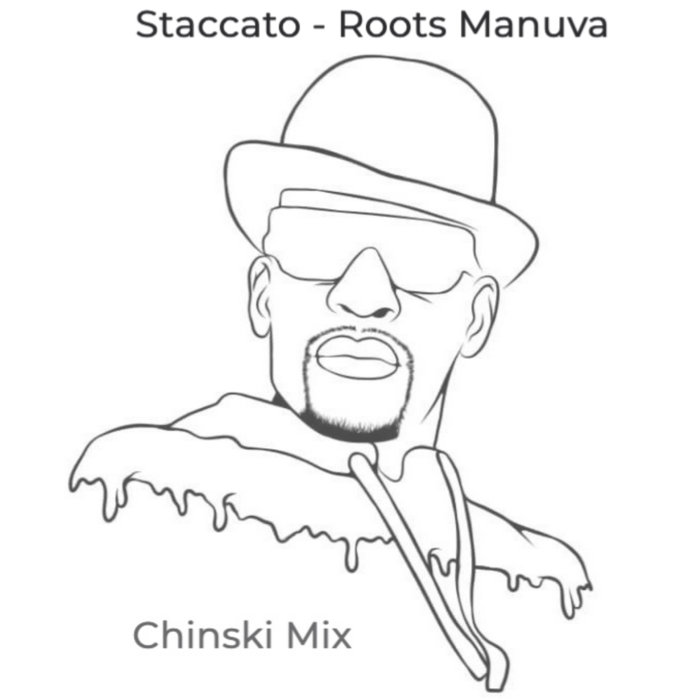
Staccato (Chinksi Mix) – Roots Manuva